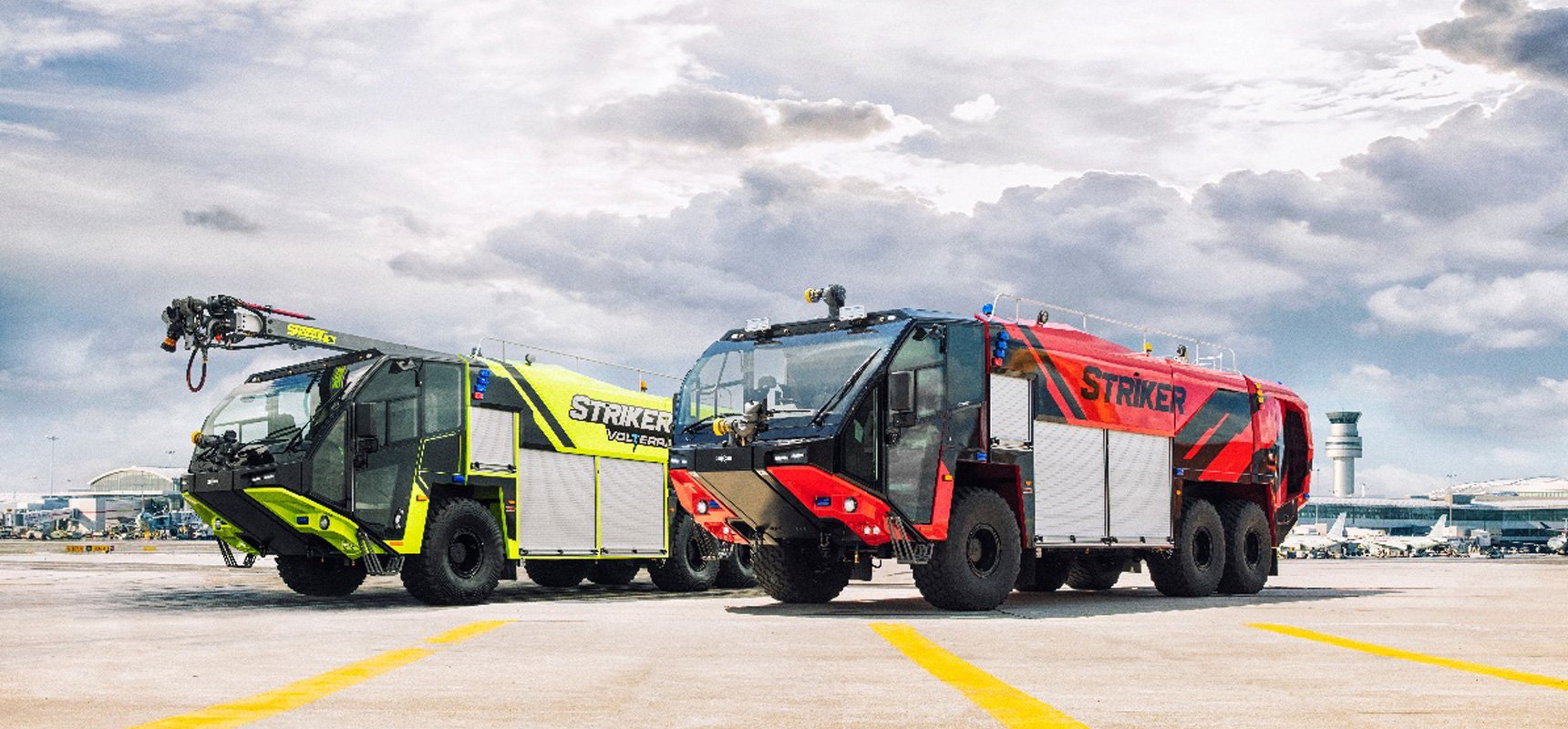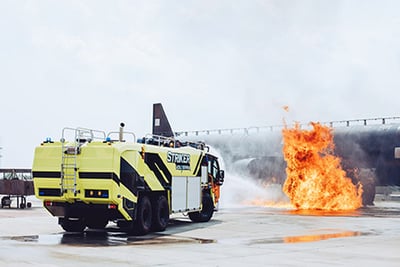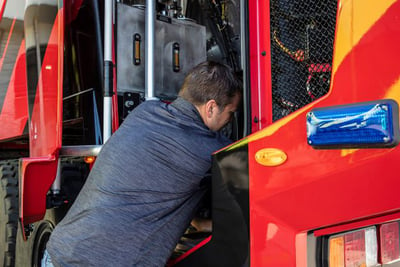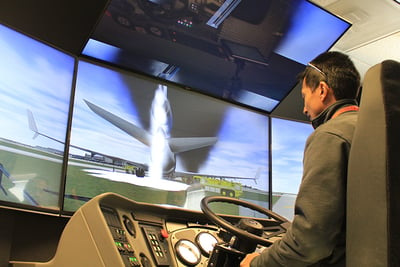
ARFF vehicles play a pivotal role in fighting aircraft fires. The best way to ensure your ARFF vehicle always operates at peak performance is through proper maintenance.
Below, we highlight five ways to optimize ARFF vehicle maintenance. From creating a daily operator maintenance checklist to proper ways to store your ARFF vehicle, we have you covered.
Feel confident you are doing everything possible to keep your truck in peak condition, ready to attack any aircraft fire quickly and safely. Keep reading to learn more!
1. ARFF Vehicle Daily Inspection
Consistency is key when it comes to keeping your ARFF truck running smoothly. A well-thought-out ARFF daily operator inspection plan will help keep everything in tip-top shape and minimize the chances of unexpected malfunctions.
Creating a detailed checklist can help you cover every aspect of the vehicle’s functionality. Your daily operator inspection checklist should include fluid levels, fluid leak checks, tire conditions, brake systems, firefighting operations, and electrical components. Implementing sign-off sheets after each routine check adds an extra layer of accountability.
Scheduling professional inspections with your Oshkosh service provider is also a great way to ensure your vehicle will operate at the highest level of performance. Keep records of completed maintenance on file to help avoid uncertainties that may arise in the future.
 2. Work Your ARFF Vehicle Daily
2. Work Your ARFF Vehicle Daily
ARFF vehicles are designed to work hard and perform in extreme off-road conditions. It’s crucial not to let your ARFF truck sit idle. Daily use of your vehicle is the best way to ensure it will function at optimal performance when it’s called to an emergency. Put all that horsepower to work daily!
Your ARFF vehicle operation maintenance plan should incorporate daily practices that actively engage the firefighting system and engine. Performing tasks such as pumping water from each discharge daily keeps the valves and firefighting systems in prime condition and adds a necessary load to the engine.
3. ARFF Vehicle Maintenance Intervals
Like any vehicle, following the operator manual for proper maintenance is imperative. Several critical systems keep your ARFF moving and saving lives. Changing the fluids and filters for these systems at the proper maintenance interval will help ensure your vehicle always operates at peak performance.
 Proper care of your ARFF vehicle's engine is also essential to prevent failures and keep everything running smoothly. Ensure your engine is properly lubricated with the right oil to protect its components. Each component may require a specific lubricant, so choosing the right one for each part is crucial. Also, make sure not to use too much lubricant.
Proper care of your ARFF vehicle's engine is also essential to prevent failures and keep everything running smoothly. Ensure your engine is properly lubricated with the right oil to protect its components. Each component may require a specific lubricant, so choosing the right one for each part is crucial. Also, make sure not to use too much lubricant.
Air filtration and fuel quality are also things you should inspect at routine intervals. Check for any openings that could be letting in unfiltered air, which can be detrimental to your engine's health. By adhering to these ARFF vehicle maintenance practices and conducting routine inspections, you can extend the lifespan of your vehicle and feel confident it's running at peak performance, ready to respond effectively in emergencies.
4. Safely Store Your ARFF Vehicle
Keeping your ARFF truck stored in a safe environment will prevent damage from environmental conditions and ensure unauthorized personnel can’t interact with it. Climate-controlled sheds, garages, and firehouse bays provide the best shelter for your truck. These types of structures will help prevent your ARFF vehicle from rusting due to moisture, as well as avoid UV damage. It’s also important to keep the area around your machinery clean. Debris and clutter are just an accident waiting to happen.
 5. Know your ARFF Vehicle
5. Know your ARFF Vehicle
Your operators will be the primary users of your ARFF vehicle, so it's important they know how to properly do so. The operator manual will provide all the necessary knowledge and should be reviewed regularly. Classroom training, hands-on learning, and on-the-job training are also excellent ways to keep your employees updated on how to use vehicle equipment safely and effectively.
A proper training program is an opportunity to review safety best practices, which will help prevent occupational injuries. Consider implementing ARFF truck simulation training, which offers an immersive experience in a wrap-around simulator. This simulation system enhances the operator's understanding of handling the vehicle in different scenarios, ensuring they are well-prepared for any situation.
Providing your emergency personnel with the knowledge required for proper ARFF vehicle operation and maintenance is a proactive approach that safeguards your investment and maximizes the longevity and performance of your ARFF vehicle.
Learn about Oshkosh’s hands-on training and critical vehicle support here.
At Oshkosh Airport Products, we are proud to offer a wide network of services and support to help keep ARFF trucks operating. ARFF trucks are a crucial part of airport safety. They are meticulously designed to navigate the rough terrain of an airport’s terminal and runway space and tackle any emergency. However, proper ARFF vehicle maintenance is the only way to guarantee it’s ready to perform when called to an emergency.
Have questions about ARFF maintenance? Contact us today!
.webp)

